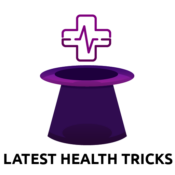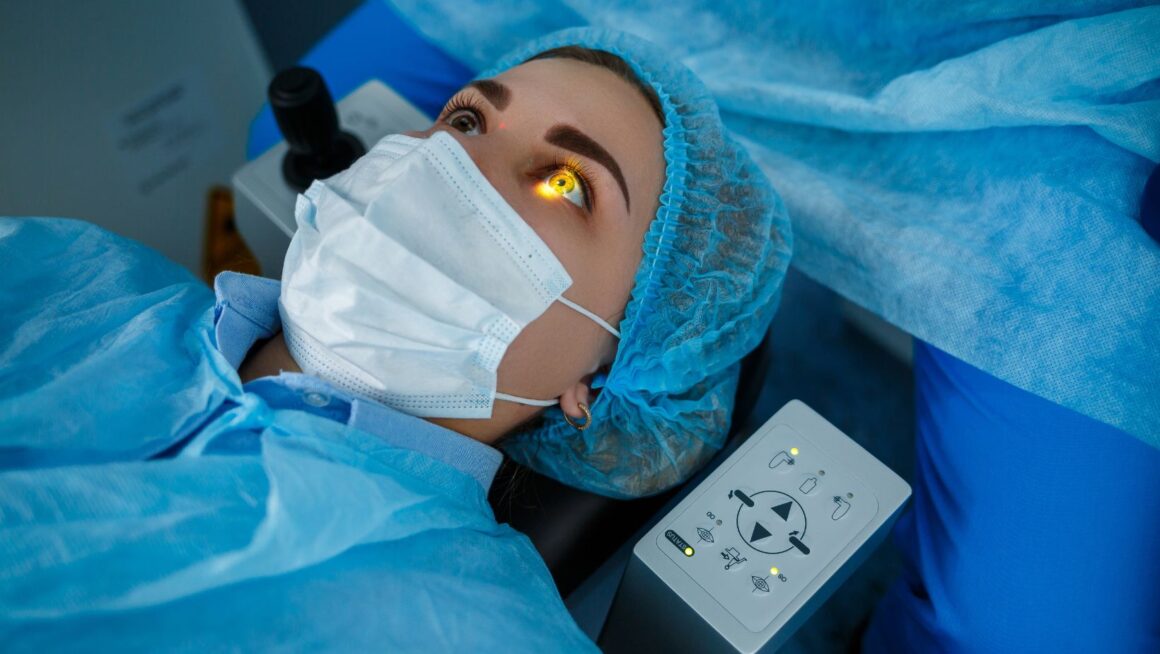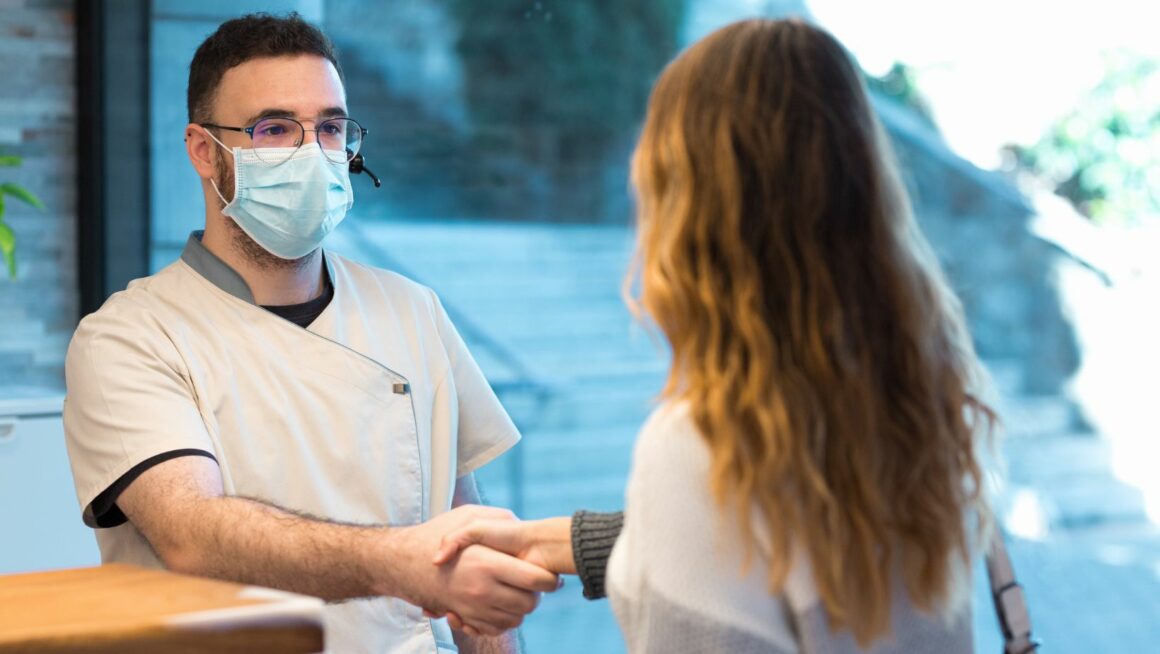LASIK surgery is a life-changing procedure that can free you from glasses and contact lenses, but the first 24 hours after surgery are crucial for ensuring a smooth recovery and optimal results.
Knowing what to expect during this critical period can help ease any anxiety and prepare you for the journey ahead. Here’s a detailed guide to help you navigate the first day after LASIK.
1. Immediately After Surgery: The First Few Hours
Once the LASIK procedure is complete, your vision may feel blurry or hazy. This is completely normal and part of the healing process. Here’s what you’ll likely experience:
● Mild Discomfort or Grittiness: Your eyes may feel dry, itchy, or like there’s something in them. This sensation is temporary and usually subsides within a few hours.
● Tearing or Watery Eyes: It’s common for your eyes to water excessively as they begin to heal.
● Light Sensitivity: Your eyes may be more sensitive to light, so wearing sunglasses is essential, even indoors.
● Blurry Vision: Don’t panic if your vision isn’t crystal clear right away. It takes time for your eyes to adjust.
Your surgeon will provide you with protective eyewear or shields to prevent accidental rubbing or pressure on your eyes. These should be worn as directed, especially while sleeping. For additional tips for your LASIK recovery, following post-surgery care instructions is essential.
2. Rest Is Your Best Friend
The first few hours after LASIK are all about rest. Your eyes need time to heal, and the best way to support this process is by keeping them closed as much as possible.
● Nap or Relax: Plan to take a long nap as soon as you get home. This not only helps your eyes recover but also minimizes discomfort during the initial healing phase.
● Avoid Screens: Steer clear of phones, computers, and TVs. The strain from screens can slow down the healing process and increase dryness.
● Dim the Lights: Bright lights can be uncomfortable, so keep your environment softly lit.
3. Managing Discomfort
While LASIK is generally painless, some patients experience mild discomfort during the first 24 hours. Here’s how to manage it:
● Use Prescribed Eye Drops: Your surgeon will provide lubricating and medicated eye drops to prevent dryness and reduce inflammation. Use them as directed.
● Avoid Rubbing Your Eyes: Even if they feel itchy or irritated, resist the urge to rub them. This can disrupt the healing process and increase the risk of complications.
● Over-the-Counter Pain Relief: If needed, you can take acetaminophen or ibuprofen to alleviate any discomfort. Avoid aspirin, as it can increase the risk of bleeding.
4. Vision Changes: What’s Normal?
Your vision will fluctuate during the first 24 hours, and that’s perfectly normal.

Here’s what you might notice:
● Blurry or Hazy Vision: This is common and should improve gradually.
● Fluctuating Clarity: Your vision may alternate between clear and blurry as your eyes adjust.
● Halos or Glare: Some patients report seeing halos around lights, especially at night. This typically resolves within a few days.
If your vision suddenly worsens or you experience severe pain, contact your surgeon immediately.
5. Hydration and Eye Care
Keeping your eyes hydrated is key to a comfortable recovery.
● Use Artificial Tears: Even if your eyes don’t feel dry, use preservative-free artificial tears as recommended by your surgeon.
● Stay Hydrated: Drink plenty of water to support overall hydration, which can help reduce dryness in your eyes.
● Avoid Irritants: Stay away from smoke, dust, and other irritants that can aggravate your eyes.
6. Sleeping After LASIK
Sleep is one of the best ways to speed up healing. Here’s how to make the most of your first night after LASIK:
● Wear Eye Shields: Your surgeon will provide protective shields to prevent accidental rubbing or pressure on your eyes while you sleep.
● Sleep on Your Back: Try to sleep on your back to avoid putting pressure on your eyes.
● Keep Your Environment Calm: Use blackout curtains and avoid bright lights to create a restful atmosphere.
7. What to Avoid During the First 24 Hours
To ensure a smooth recovery, steer clear of the following:
● Driving: Your vision won’t be stable enough to drive safely. Arrange for someone to take you home after surgery and stay with you for the first day.
● Makeup and Skincare Products: Avoid using any products near your eyes, as they can introduce bacteria or irritants.

● Strenuous Activities: Skip workouts, heavy lifting, or anything that could strain your eyes.
● Swimming or Hot Tubs: Water exposure can increase the risk of infection.
8. When to Contact Your Surgeon
While complications after LASIK are rare, it’s important to know when to seek help. Contact your surgeon if you experience:
● Severe pain that doesn’t improve with medication
● Sudden vision loss or significant worsening of vision
● Redness, swelling, or discharge that doesn’t go away
● A feeling that something is stuck in your eye
Final Thoughts
The first 24 hours after LASIK are a critical part of your recovery journey. By following your surgeon’s instructions, resting your eyes, and avoiding potential irritants, you’ll set yourself up for a smooth and successful healing process. Remember, the temporary discomfort and blurry vision are small prices to pay for the long-term freedom of clear, glasses-free vision.
If you’re considering LASIK or have already scheduled your procedure, knowing what to expect can help you approach the experience with confidence. Take it one step at a time, and soon you’ll be enjoying the life-changing benefits of improved vision.



